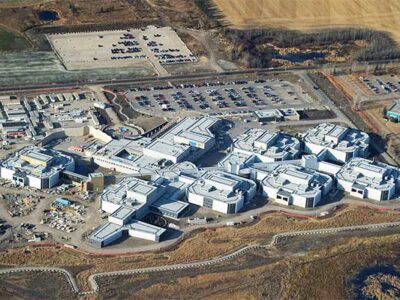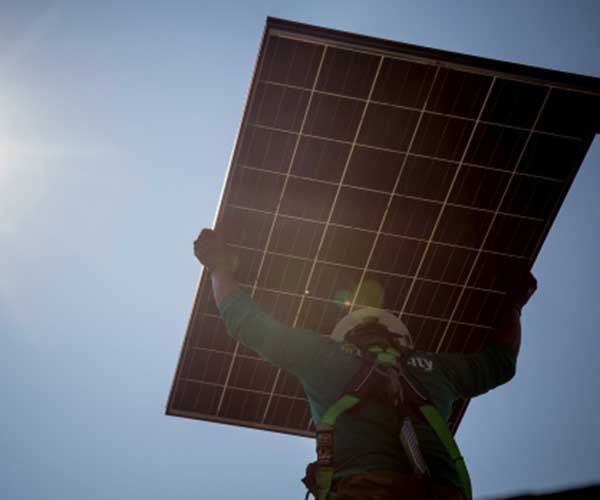- According to Parks Canada, the solar array will be sufficient to supply all electricity used by campground visitors.
- The installation consists of 272 solar panels arranged in four rows at the site of an old weather station.
- The Solar Array makes Kejimkujik the first National Park in Canada to establish a net zero campground.
- According to Parks Canada, the solar array will be sufficient to supply all electricity used by campground visitors.
- The installation consists of 272 solar panels arranged in four rows at the site of an old weather station.
- The Solar Array makes Kejimkujik the first National Park in Canada to establish a net zero campground.
Announced by Parks Canada in 2021, an impressive solar array installation at Kejimkujik National Park has now been completed.
The solar array is expected to generate enough power to supply all the electricity needs of campground visitors.
A volunteer coordinator at Kejimkujik National Park, Jennifer Eaton, explained that the installation includes 272 solar panels connected to the Nova Scotia Power grid and was recently completed in the spring.
The four rows of solar panels will feed power into the grid and offset the electricity campground visitors use for the park.
The large solar array installation makes Kejimkujik the first National Park in Canada to establish a net zero campground. It is already helping significantly reduce greenhouse emissions.
The installation is not located near the campground. Rather, it can be found at the site of an old weather station, previously operated in Kejimkujik.
According to Eaton, the solar array already produces more power than anticipated. It is roughly producing 550-kilowatt hours a day. To put it in perspective, Eaton said the solar array’s output generated in one day is enough to power an efficient refrigerator for 18 months.
The solar array was funded by the federal government with a $600,000 investment, and it is expected to save the park $30,000 a year in electricity costs. According to Eaton, the project will have paid for itself in 20 years.
The project is significant, reducing the park’s greenhouse gas emissions by 17%, equivalent to 96 tonnes of greenhouse gases. Eaton notes the amount of greenhouse gases removed from the system is comparable to taking 30 cars off the road for a year.
It’s the type of investment that starts to pay off immediately, with major environmental impacts.
The solar array has the potential to inspire park visitors. Campers might go home with a desire to implement conservation efforts themselves and make a larger impact throughout the year.
The hope is other National Parks will also follow suit and continue to implement systems that help offset carbon footprints in Canada’s protected spaces.


















Comments